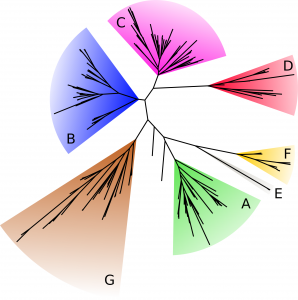New publication on the transcriptome of Rhipicephalus sanguineus
- 02, 24, 2016
- Category News

The group published a novel work on the transcriptome of Rhipicephalus sanguineus larvae on the journal Molecular and Cellular Probes.
This project was conducted in collaboration with the University of Camerino, University of Milan, University of Rome ‘La Sapienza’, University ‘Aldo Moro’ of Bari, and with the Aggeu Magalhães Research Center.
Rhipicephalus sanguineus sensu lato (Ixodida: Ixodidae) is possibly the most widespread tick species worldwide, responsible for transmitting several vector-borne pathogens of medical and veterinary importance. Here we present a study on whole transcriptome RNASeq data from R. sanguineus s.l. larvae (Putignano strain), as such a resource was still lacking.
Starting from total R. sanguineus s.l. larval RNA, a library for Illumina MiSeq sequencing was prepared. A total of 15,566,986 short paired-end reads were de novo assembled into 33,396 transcripts. Annotation and analyses of specific features of interest were then performed using multiple softwares and databases.
Special attention was given to transcripts putatively encoding for ATP-binding proteins, due to their importance as mechanisms of detoxification and acaricide resistance. Additionally, the presence of microsatellite loci was investigated, as these are useful markers for population genetic studies.
Our data and analysis provide a comprehensive transcriptomic resource for R. sanguineus s.l. larvae, filling a void in the collection of vectors transcriptomes currently available. The results herein presented will aid further genetic and genomic studies of this important tick species.
